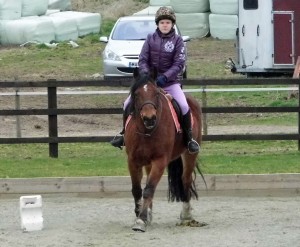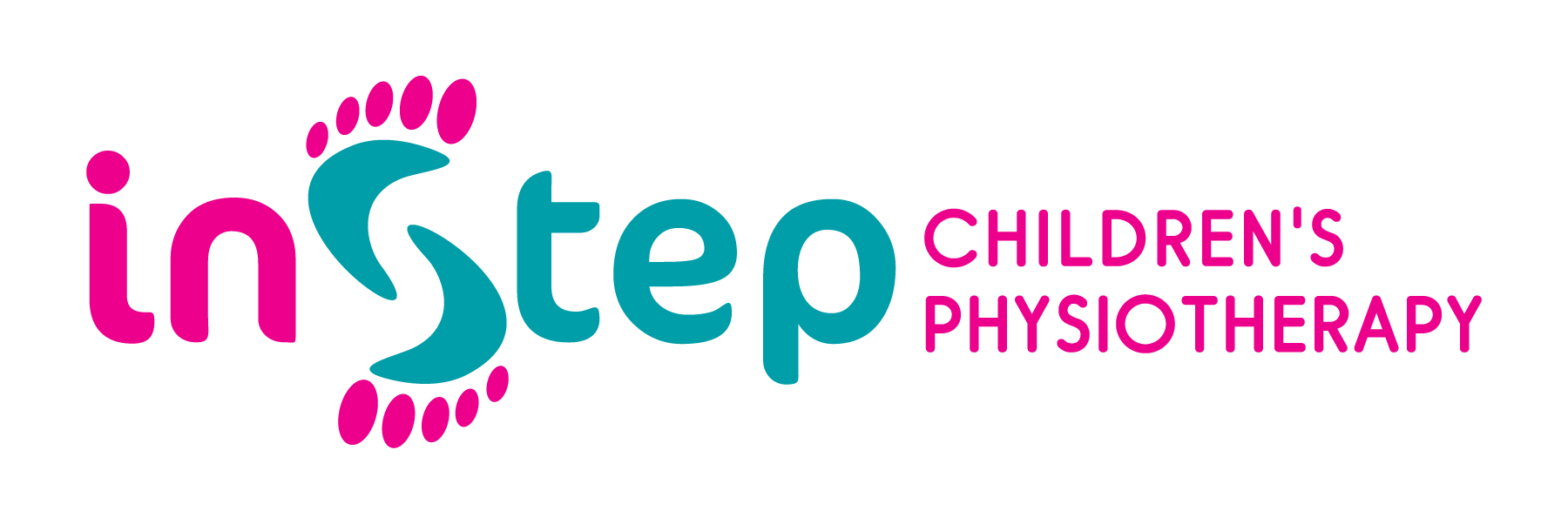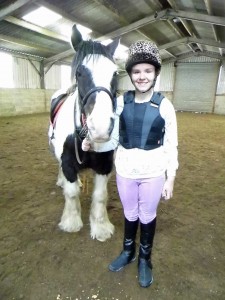Please have a look at a blog post from my 12 year old patient Cellina, who I had the pleasure of working with last year. She writes about her experience and how with hard work and support, she has succeeded in her return to school, activity and getting her life back on track! 🙂
‘All my problems started January 2014. I had had sports all afternoon at school (cross country followed by netball). I went home looking forward to a relaxing weekend, I had anything but! On the Saturday I walked around town for 3-4 hours. I got home, got changed and went to bed. I rolled over to get comfortable and I felt a click in my right hip followed by excruciating pain. My mum gave me some pain killers and made me a doctor’s appointment.
When I saw the doctor he sent me for various tests and that’s when I started using crutches. When my tests came back the doctor was confused because they showed nothing wrong, he said to stay on the crutches and not to go to school for 2 weeks.
2 weeks passed and I was still in considerable pain, relying on strong pain killers to get me through the day. This was when the doubting began. My doctor, my school and some friends started to think I was lying for attention or to skive off school. I started to feel down and felt like nobody cared about my discomfort.
Me and my mum did some research and stumbled across joint hypermobility syndrome. There were many types of EDS and within these types were different levels of severity.
We went to the doctor’s (which by this time had become my second home) with our discovery and he referred us to The St John and St Elizabeth Hospital in London.
Meanwhile I had gone back to school and consequently used the crutches more and more. This meant that I became more fatigued and struggled to last the whole day. My shoulders became weak from all the use they were getting and started subluxating 3-4 times a week! I eventually ended up relying on a wheelchair to get around.
2 months passed and I was not attending school or being able to walk around.
I had my initial appointment down in the London Hospital with Prof. Grahame. He began the session by asking me and my mum about our family history and if anyone else had been diagnosed with this condition. Next he assessed me and asked some questions about my normal functions. He finally confirmed my diagnosis and referred me to: a pain psychologist; a physio; a hip surgeon and a POTS specialist.
The pain psychologist saw me around 5-6 times in 8 months. She gave me tips and techniques to help distract from the pain and learn to function despite the pain I maybe in.
I saw Swati for the first time in May. She assessed me initially and gave me some exercises to build up my muscle strength. I had to repeat these often during the day, but build up slowly. She told me that she would get me out of my wheelchair and walking again. At my second appointment with Swati, she was pleased with my progress and gave me some different (harder) exercises to do which I had to build up.
My mum also took me swimming at this time to strengthen the muscles around my hip. The exercises were not easy, and there were days when I didn’t want to do them, but I was able to walk without using crutches or my wheelchair in August. Swati was really pleased with my progress when she saw me again in September and gave me some different exercises to do to help maintain my muscle tone. I managed to return to school full time at the start of Year 8. Swati examined me and discharged me from physio in December. Since that time I have had good days and bad days, but I know that it is important for me to keep moving, even on my bad days. I recently hurt my foot and had to use crutches for a few days but my shoulders were so strong that I had no subluxations! So please keep moving – even when you don’t want to and even when you are in pain – physio works in the end!!
The POTS specialist gave me tips and tricks on how to help my condition and get on with my life. I had a 24 hour blood pressure monitor on and am awaiting some more investigations.
I managed to get to school for a fraction of the last term of Year 7. Although I was in a wheelchair, I struggled through my end of year exams and lived half my life in a hospital waiting room, I was still hopeful.
And now, a year on since the day my problems began,
I am…
-Back at school full time (with the odd day off)
-Participating in all the sports activities (I am permitted to do)
-Made new friends at my secondary school
-Been discharged from most of my clinics
And most importantly
I am not ‘back to normal’ but adjusting to my new normal. Living with my new diagnoses and not letting them get the better of me.
The most essential part of my life with hypermobility is: Don’t let your condition label you. It is only a disability or problem if you let it be. Don’t try to forget about it all together or try to beat it, instead listen to it, work with it and take the rough with the smooth. You will have bad days but you will have good days too. Have the good days, remember the good days and live for the good days. ‘


